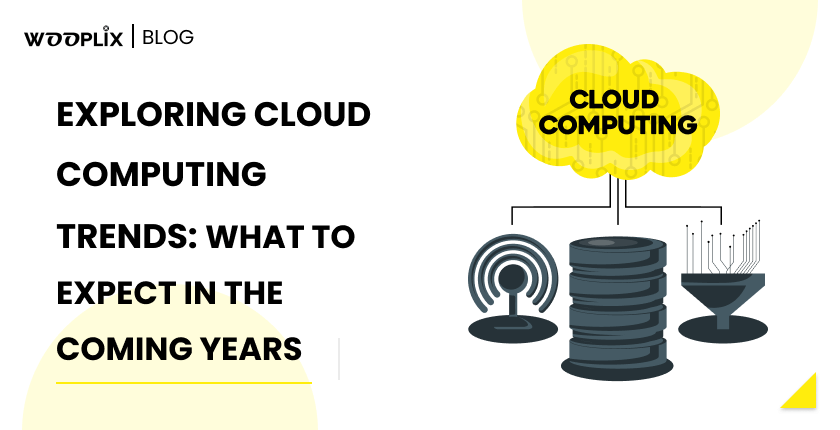In recent years, cloud computing has revolutionized the way businesses operate, offering unparalleled flexibility, scalability, and cost-effectiveness. As technology continues to evolve at a rapid pace, it’s essential to stay ahead of the curve and anticipate the emerging trends that will shape the future of cloud computing. In this blog post, we’ll explore some of the key trends expected to dominate the cloud computing landscape in the coming years.

Hybrid and Multi-Cloud Adoption:
Hybrid and multi-cloud architectures are becoming increasingly prevalent as organizations seek to optimize performance, reliability, and security while leveraging the benefits of different cloud providers. In the coming years, we can expect to see continued growth in hybrid and multi-cloud adoption as businesses strive for greater flexibility and resilience in their IT infrastructure.
Edge Computing Integration:
Edge computing is poised to transform the way data is processed, analyzed, and utilized at the edge of the network, closer to where it is generated. With the proliferation of IoT devices and the need for real-time data processing, edge computing will play a crucial role in enabling low-latency applications and supporting emerging technologies such as autonomous vehicles, smart cities, and industrial automation.
Serverless Computing:
Serverless computing offers a paradigm shift in application development, allowing developers to focus on writing code without the need to manage underlying infrastructure. As serverless platforms continue to mature and evolve, we can expect to see wider adoption across industries, driven by cost savings, increased developer productivity, and seamless scalability.
AI and Machine Learning Integration:
The integration of artificial intelligence (AI) and machine learning (ML) capabilities into cloud computing platforms is set to unlock new opportunities for innovation and business growth. From intelligent automation and predictive analytics to natural language processing and computer vision, AI and ML technologies will enable organizations to derive actionable insights and drive smarter decision-making.
Enhanced Security and Compliance:
Security and compliance remain top priorities for organizations migrating to the cloud. In the coming years, we can expect to see continued advancements in cloud security solutions, including robust encryption protocols, identity and access management (IAM) controls, and proactive threat detection mechanisms. Moreover, with the evolving regulatory landscape, cloud providers will increasingly focus on ensuring compliance with industry-specific regulations and standards.
Quantum Computing:
While still in its infancy, quantum computing holds the potential to revolutionize the field of cloud computing by offering unprecedented computational power and solving complex problems that are currently intractable for classical computers. As research and development in quantum computing continue to progress, we can expect to see early adopters exploring the potential applications of quantum algorithms and quantum-safe cryptography in the cloud.
In conclusion,
The future of cloud computing is incredibly promising, with a myriad of opportunities for innovation, efficiency, and growth. By embracing emerging trends such as hybrid and multi-cloud adoption, edge computing integration, serverless computing, AI and machine learning integration, enhanced security and compliance measures, and the potential of quantum computing, organizations can stay ahead of the curve and unlock the full potential of cloud technology in the years to come.
As we embark on this exciting journey, it’s essential to stay informed, adapt to evolving trends, and collaborate with trusted cloud partners who can help navigate the complexities of the modern digital landscape. With the right strategy and expertise, businesses can leverage the power of cloud computing to drive transformational change and achieve their long-term objectives in the dynamic and ever-changing world of technology.

